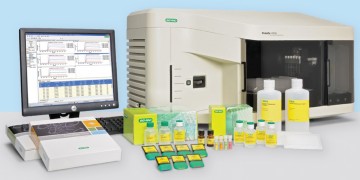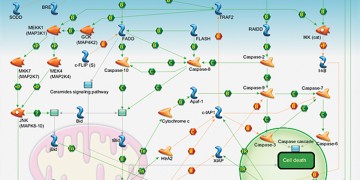
Novel Liposome-Capture Surface Chemistries to Analyze Drug-Lipid Interaction Using the ProteOn™ XPR36 System

Applications of Bio-Plex Pro™ Cell Signaling Akt and MAPK Assay Panels in Signal Transduction Pathways

Efficient SPR-Based Fragment Screening and Small Molecule Affinity Analysis Using Bio-Rad’s ProteOn™ XPR36 System

Reliable, Streamlined 2-D Western Blot Workflow for Evaluation of Antibodies Developed for Detection of Host Cell Proteins

Immobilization of Active Kinases for Small Molecule Inhibition Studies

PrimePCR™ Pathway Analysis: Pathway Curation and Real-Time PCR Panel Design Strategy

PrimePCR™ Assays: Meeting the MIQE Guidelines by Full Wet-Lab Validation

Multiplex Analysis of Inflammatory Markers Using Bio-Plex Pro™ Human Th17 Cytokine Assays

Application of Hexapeptide Libraries for Enhanced Protein Detection in Human Cellular Lysates


